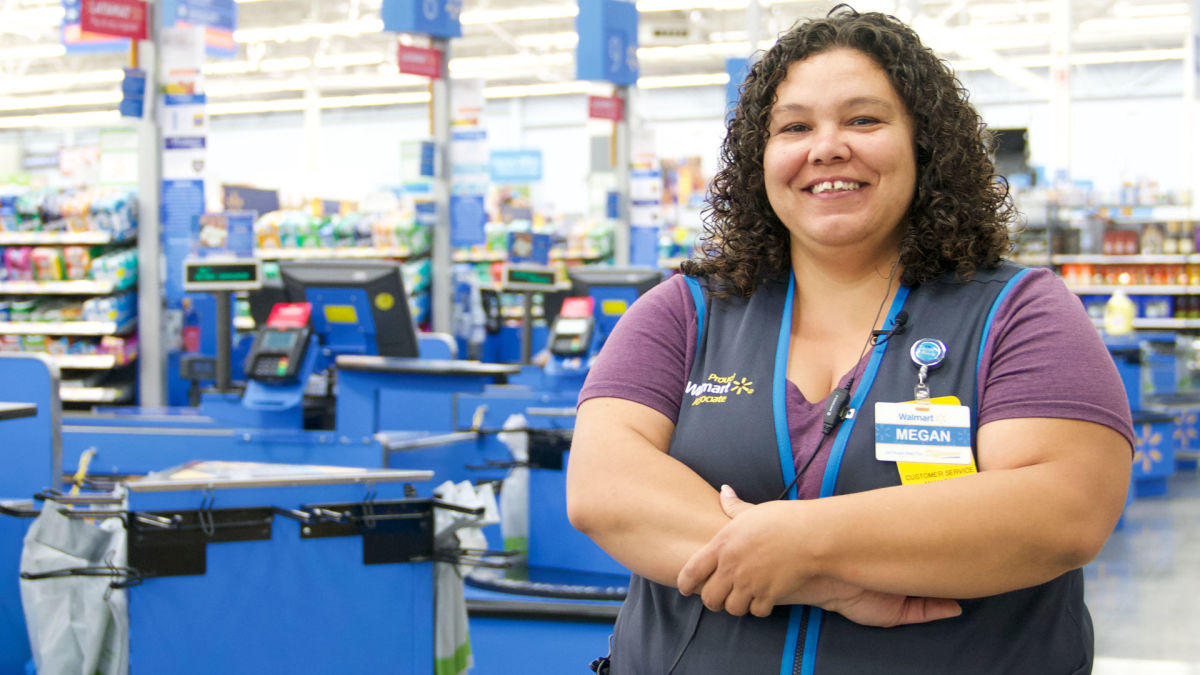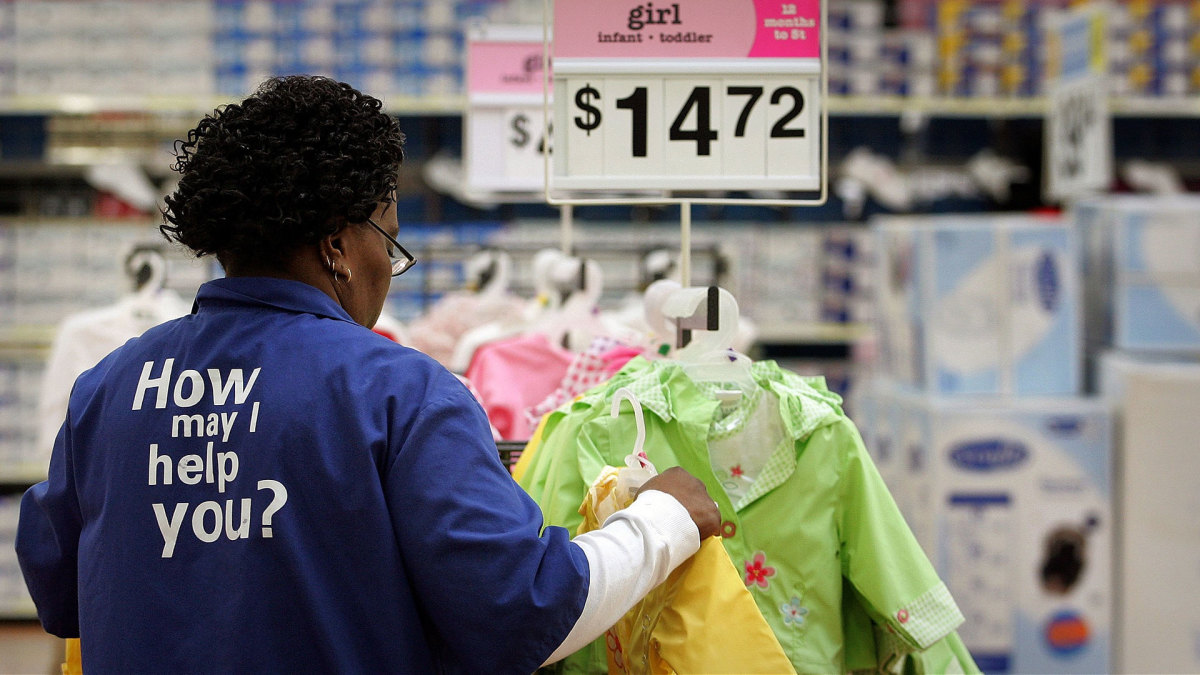
Every retailer has different rules and policies. Walmart and Costco, for example, both check your receipt when you try to leave the store.
Customers, in theory, don't have to submit to that check, but opting out could lead to you getting more scrutiny on future visits.
Related: Target makes a key in-store move customers may not like
In most cases, whether it's a receipt check or chains that have placed item limits for people using self-checkout, the rules are clear enough. As a customer if you don't like certain policies — like chains that charge a deposit for anyone taking a cart, or retailers that place limits on certain types of purchases — customers know the deal, or learn it quickly and can make shopping decisions accordingly.
To curb theft, however, retailers like Walmart (WMT) , Target, and Costco don't tell customers everything that's happening. That's because if people know exactly which security measures are in place, they might be able to get around them.
There might be artificial intelligence in place or stores might use the fake "technical difficulties" button to stop a self-checkout, which Walmart reportedly does. In other cases, theft prevention is not about catching criminals but tracking goods to see which ones get stolen most often.
Walmart has made a technology that helps it do that a rule for its partners and that could impact its customers.

Image source: Tim Boyle/Getty Images
Walmart mandates this technology
"As of September 2, 2022, all Walmart suppliers that provide toys, home goods, electronics, and sporting goods must outfit each item with a UHF RFID tag. This is an expansion of their earlier RFID mandate launched in 2020, requiring products in apparel, jewelry, and a few other departments, such as tires, to be tagged with an RFID chip," Walmart shared on its website.
Radio frequency identification (RFID) allows Walmart to track its inventory which can help it manage shrink. That includes not just theft or shoplifting, but also items that never make it to shelves due to damage or employees taking them.
"Walmart uses RFID tags at the item level. This means every item within a product category mandated to have an RFID tag has an RFID label somewhere on the item or its packaging," the company shared on
For instance, all apparel items in Walmart stores have been outfitted with RFID tags since 2020. Anyone purchasing a piece of clothing from Walmart, such as a ladies’ blouse or pack of socks, may have noticed an RFID label embedded on the price tag or affixed near the bar code," the company added.
RFID can help Walmart cut theft
Most retailers use RFID, but Walmart has given itself full inventory transparency by putting tags on every item. That has some advantages on the supply chain and inventory tracking level.
Walmart shared some of the ways it uses its RFID tags to track its inventory:
- An RFID tag can store product information such as item description and price and provide real-time location in the supply chain.
- RFID tags can be scanned up to 40 feet from a reader without a direct line of sight, allowing items to be found quickly.
- Several RFID tags can be scanned simultaneously, substantially decreasing receiving, sorting and fulfillment times.
- RFID solutions allow managers to track inventory changes in real-time and alert them when inventory items are low or need replenishing.
RFID can also help when it comes to preventing theft at all levels, including both staff and customers. That could include tracking stolen merchandise from one store location and returning it at another.
Bill Hardgrave, who founded the RFID Lab at the University of Memphis, spoke about using RFID to prevent theft at the National Retail Federation's "Big Show."
“Especially for chain stores — they steal from one store and they return it to another store,” Hardgrave said. “With RFID, you capture that when you’ve got full visibility through point of sale,” RetailDive reported.
Theft by employees accounts for about a third of all shrink. RFID allows retailers to know their true inventory in order to pin down when a loss occurs. Fraudulent returns accounted for 13.7% of last year’s $743 billion in returns. That's $101 billion in potential savings if RFID allows the retailer to close down that avenue of monetizing theft.







